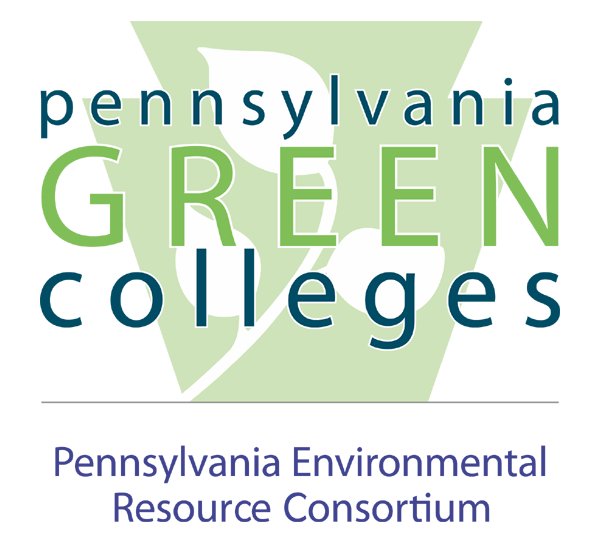

As part of its ReVision 2010 strategic planning process, PERC’s Executive Committee went through an exercise that involving imagining PERC five years into the future… in the year 2015. The question that was posed: How will PERC’s presence make a difference to its member institutions? The Executive Committee shared that vision of the future in a presentation to the membership in May of 2010. The following is a summary of what the Executive Committee saw:
Faculty find it energizing to collaborate on research, building inter-(and intra-) disciplinary groups, and to share their results in PERC-enabled multi-campus, multi-discipline programs.
Sustainability directors and those with responsibility for the President’s Climate Commitment share best practices and compare metrics and methods in PERC-facilitated programs. This has the result of accelerating every institution’s efforts.
Administrative staff have gained much from practices shared in programs including Greening the Curriculum and Green as a Recruiting Necessity
PERC’s Core Teams work on topics of continuing interest, including: Climate Change and Energy, Sustainability on Colleges & Universities and Sustainable Pennsylvania. Each Core Team provide a seminar or workshop as well as webinars. Additional, Emerging Teams arise around current topics of interest and provide added programming.
PERC-facilitated student projects allow students to explore their passion for sustainability by competing and cooperating with other schools in statewide and regional programs, often incorporating creative use of social media.
PERC serves as a conduit between government and foundation research needs and multi-school research studies. The results of that research have been incorporated into a number of real world actions.
PERC efforts are enhanced by media tools that enable communications between members. PERC’s online database and monthly e-newsletter help connect PERC members across the state. Journalists use PERC’s database as a source for experts to provide perspective on their stories about the environment. PERC’s website connects PERC with prospective member institutions as well as other external stakeholders. PERC members are informed about and reminded of upcoming programming via digital communications. PERC's public--members, affiliates, corporate sponsors and others and are able to register and pay for events online. PERC uses other media tools, including blogs, forums, social media and web video, to deepen and strengthen relationships.
An increasing number of PERC member schools have formal community outreach programs aiding their surrounding municipalities in moving toward sustainability and adding momentum to Pennsylvania’s sustainability efforts.
PERC’s Corporate Sponsors underwrite PERC’s mission. They attend events and appear in PERC’s directory and web site and newsletter.
PERC has negotiated bulk-purchasing arrangements for its member institutions, enabling lower cost purchasing of renewable power, energy reduction and other, sustainability-related purchases.



